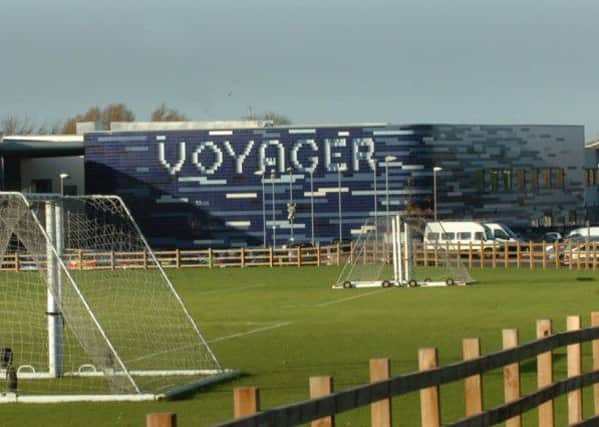Peterborough and Wisbech schools falling below Government standards at GCSE new figures out today show


And of the 329 state schools falling below the Government’s floor standards for secondaries, using the Department for Education’s (DfE) methodology for calculating under-performing schools, five are in Cambridgeshire.
Two of the failing schools are in Peterborough, St John Fisher Catholic High School and The Voyager Academy, Peterborough.
Advertisement
Hide AdAdvertisement
Hide AdSt Neots has one school in the list Ernulf Academy, as does Wisbech, Thomas Clarkson Academy. Ely College also features.
New figures released today, Thursday January 21, show that hundreds of state secondary schools fell below the Government’s floor targets after failing to ensure that enough pupils gained five good GCSE grades and made sufficient progress in English and maths.
Schools Minister Nick Gibb said that the results, based on last summer’s GCSE grades, show how far the nation has come in raising standards, but added that the Government will tackle the “pockets of persistent under-performance”.
Overall, 329 state secondary schools in England did not meet the minimum benchmarks this year. Of these, 312 failed to ensure that at least 40% of their pupils gained at least five C grades at GCSE, including English and maths, and that students make good enough progress in these two core subjects.
Advertisement
Hide AdAdvertisement
Hide AdThe other 17 schools were among 327 schools that opted in to a new “Progress 8” performance measure, which looks at the progress of pupils across eight subjects and fell below a certain threshold for this target. From next year, all schools will be measured against “Progress 8”.
A total of 188 under-performing schools are academies, the analysis shows, while 50 are council-run schools, 45 are foundation schools, 14 are voluntary-aided and the others include university technical colleges, studio schools and further education colleges catering to 14 to 16-year-olds.
In total, 250,955 youngsters are being taught in under-performing state secondary schools, the data reveals. This is down from last year, when around 274,351 were in schools considered failing.
The figures also show a rise in the numbers of youngsters taking the English Baccalaureate (EBacc) subjects of English, maths, science, a language and either history or geography, the DfE said, with nearly 88,000 more teenagers taking these academic subjects compared to 2010.
Advertisement
Hide AdAdvertisement
Hide AdAt A-level, more than half of exam entries are in traditional “facilitating subjects” - the subjects which universities and employers say help to keep teenagers’ options open for the future, the DfE said.
It added that more girls are choosing science and maths A-levels, while more teenagers are continuing their studies past the age of 16.
Mr Gibb said: “Today’s results show how far we have come in raising standards, but they also highlight where some pupils are still at risk of falling behind.
“We refuse to accept second best for any young person and we must now focus on extending opportunity for all. This government is giving all young people, irrespective of their background, a fair shot in life and we must not let up the pace of reform now.
Advertisement
Hide AdAdvertisement
Hide Ad“Through our focus on delivering educational excellence everywhere and the dedication of our schools, we will tackle those pockets of persistent underperformance so every child fulfils their potential.”